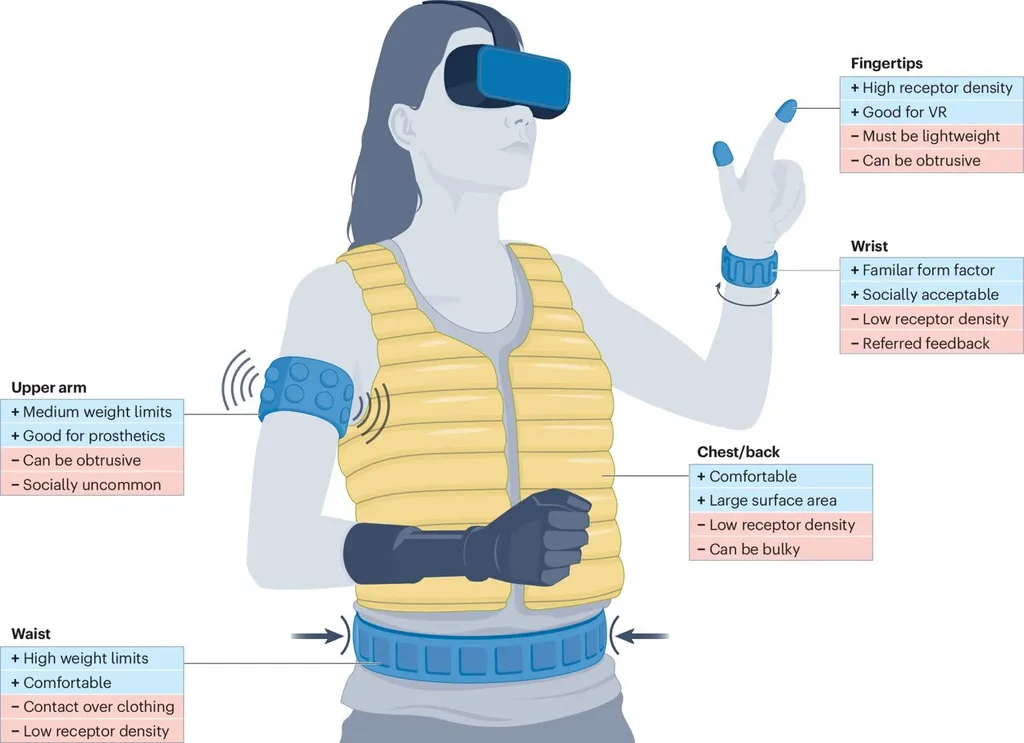In a significant stride towards advancing artificial sensory technologies, researchers have developed an innovative artificial sensory receptor capable of simultaneously perceiving static, dynamic, and thermal tactile stimuli. This breakthrough, published in the journal *npj Flexible Electronics* (translated as “Flexible Electronics”), could revolutionize industries requiring precise haptic feedback and manipulation, including robotics, prosthetics, and even energy sector applications like remote inspection and maintenance.
The study, led by Hyeongseok Choi from the Department of Materials Science and Engineering at Pohang University of Science and Technology (POSTECH), introduces a device that decodes spike patterns to recognize multiple tactile inputs through a single channel. This integration of capabilities was previously challenging due to the reliance on specific mechanisms for each sensory modality.
“Most artificial tactile sensors are limited to sensing either static, dynamic, or temperature stimuli,” explains Choi. “Our device overcomes this limitation by using pulsed spike signals in a mixed ion–electron conductor, allowing it to perceive multiple types of stimuli simultaneously without additional signal conversion circuitry.”
The device’s unique structure combines stretchable electrodes with a mixed conductor, enabling the decoupling of mechanical and thermal responses. This design eliminates signal interference, ensuring reliable, real-time recognition of pressure, strain, temperature, and vibration.
The implications for the energy sector are profound. For instance, in remote or hazardous environments, robots equipped with this advanced sensory technology could perform inspections and maintenance tasks with unprecedented precision. The ability to simultaneously perceive and respond to various tactile stimuli could enhance the safety and efficiency of operations in power plants, offshore platforms, and other critical infrastructure.
Moreover, the simplicity of the device’s structure makes it a promising candidate for scalable manufacturing, potentially reducing costs and accelerating its adoption across various industries. As Choi notes, “The simplicity of our device’s structure allows for reliable, real-time recognition of multiple tactile inputs, which is crucial for applications requiring precise haptic feedback.”
This research not only pushes the boundaries of artificial sensory technologies but also opens new avenues for innovation in fields requiring advanced tactile perception. As the technology matures, it could pave the way for more intuitive and responsive robotic systems, enhancing human-machine interactions and expanding the capabilities of automated systems in diverse industries.

